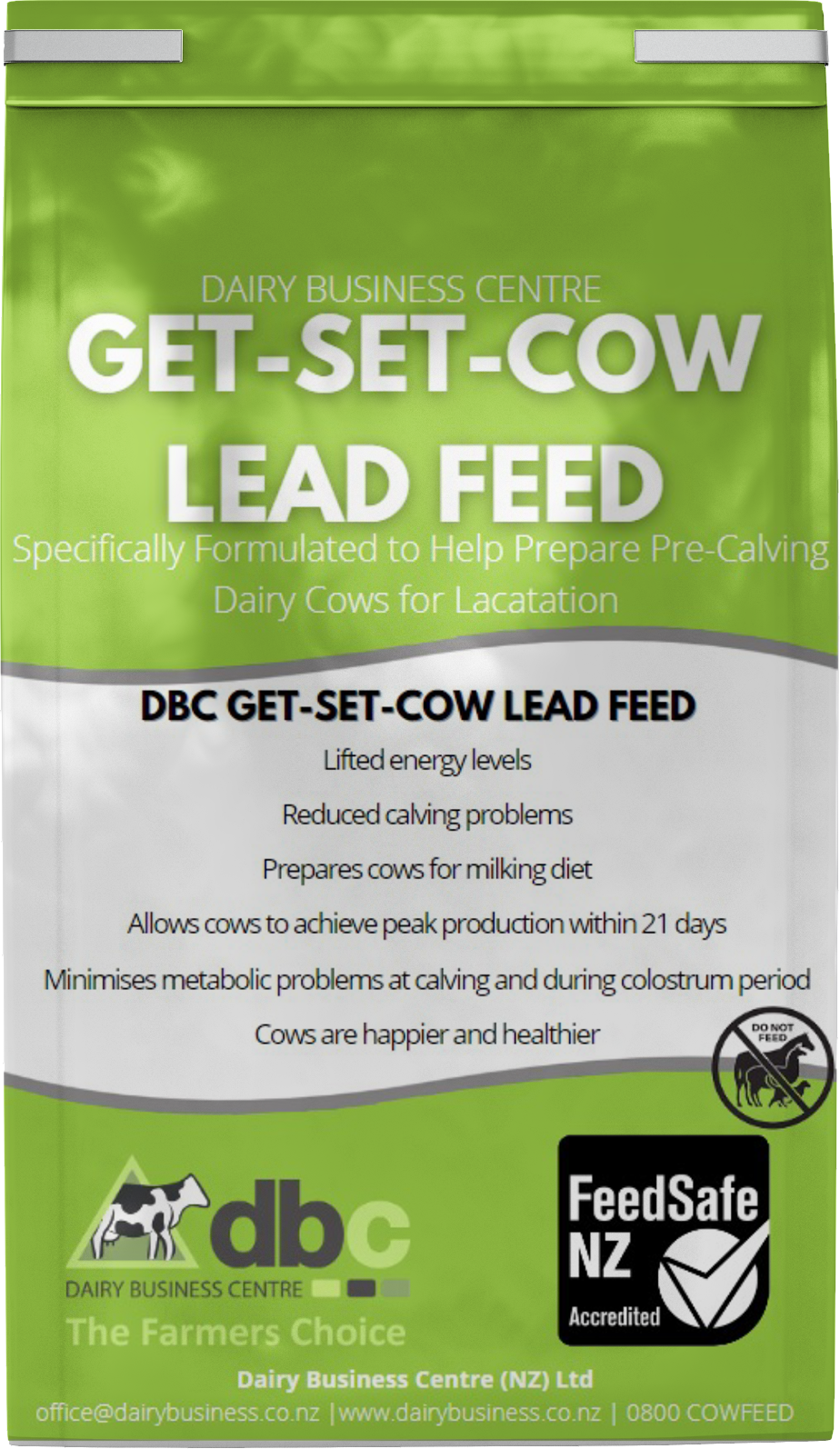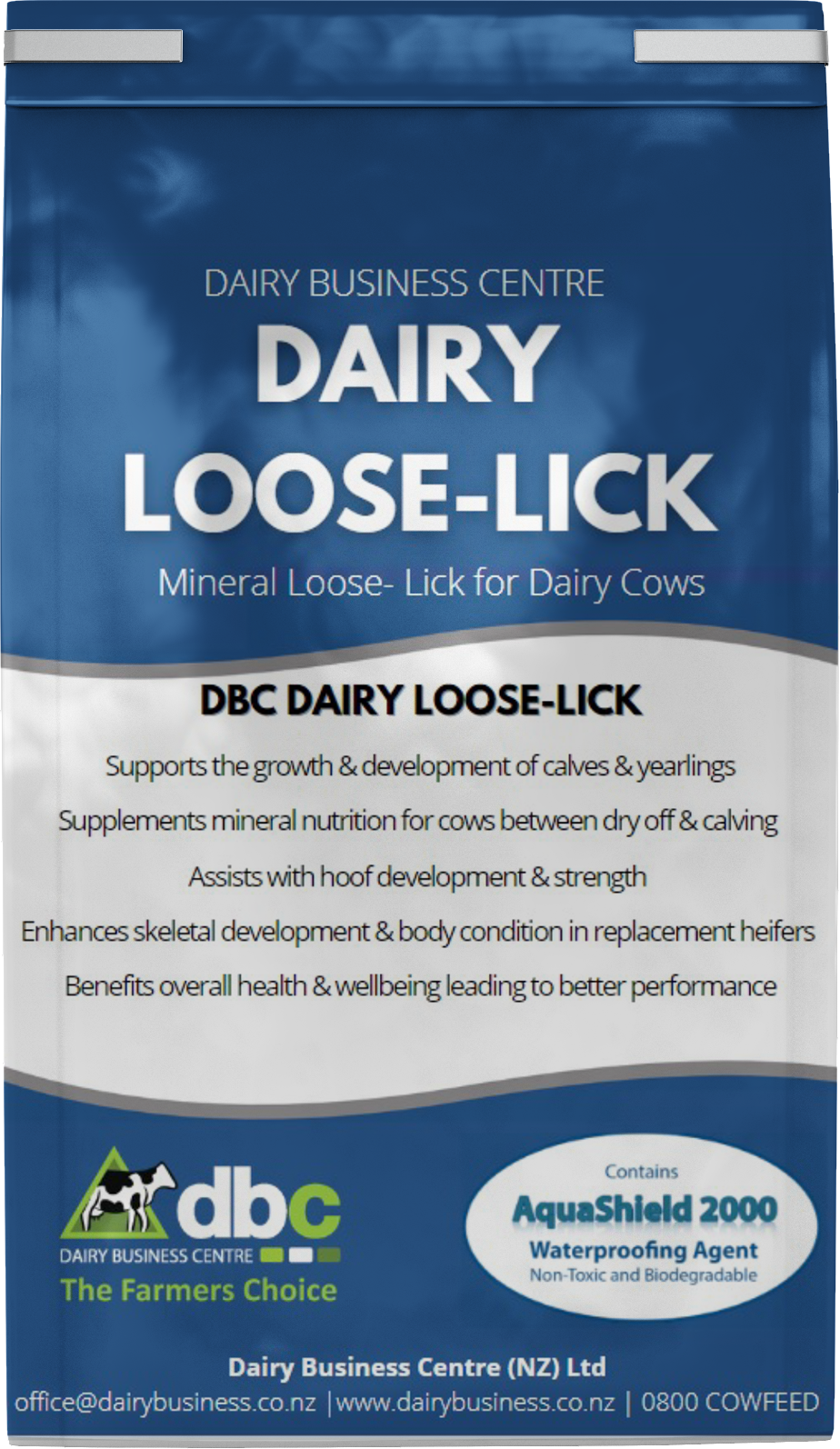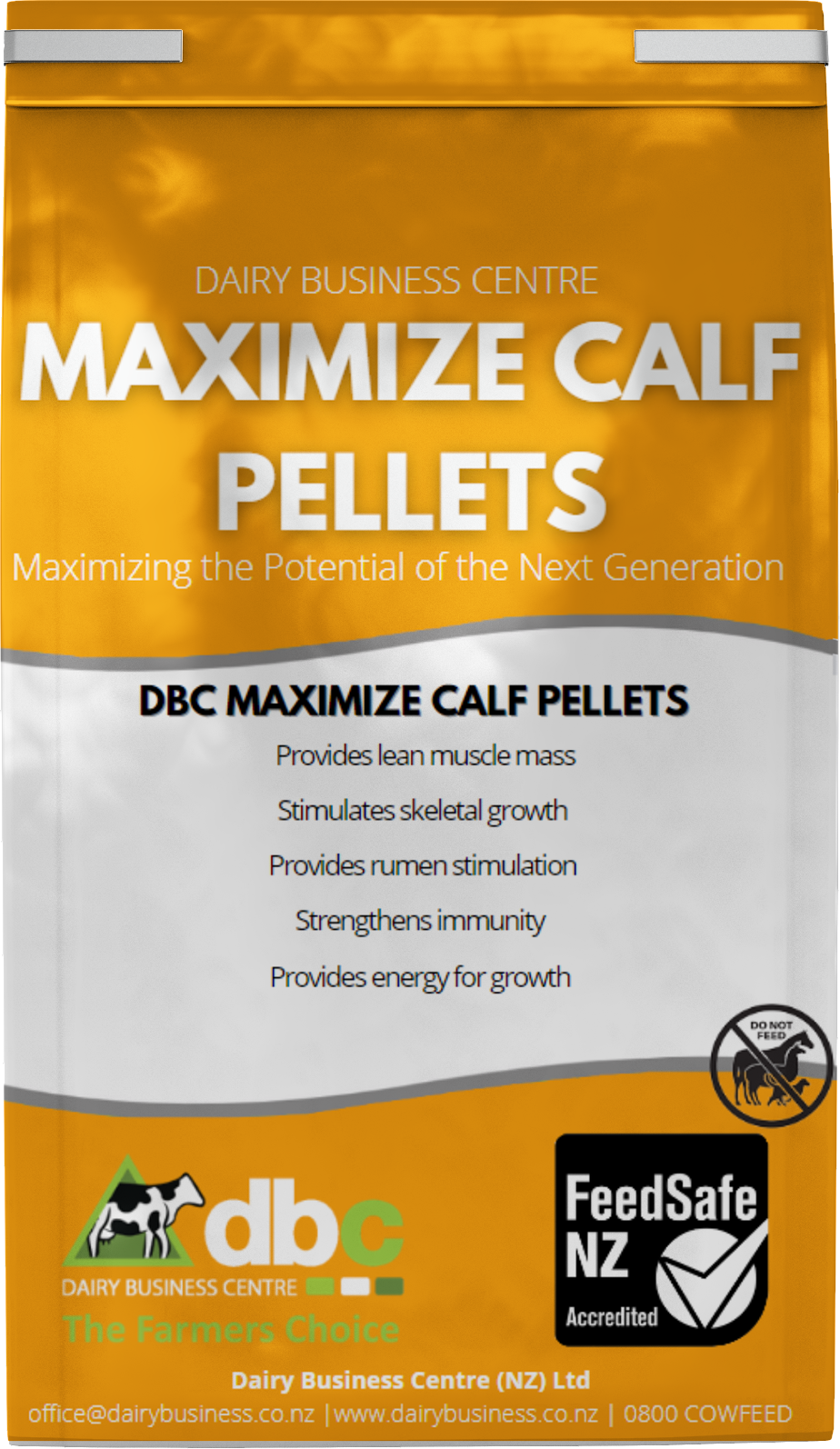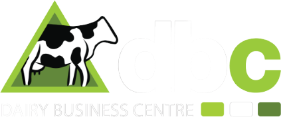Today, John and his wife, Linda, are in their element on the easy country their family calls home. Their manager, Chris Ponga, is also a significant part of the operation.
Their Winton dairy is milking 400 cows this season, mainly crossbreds, with the herd on track to average 540kg milk solids (MS) per cow on 180 effective hectares (with no feed pad or irrigation), milked through a 54-rotary dairy.
John said that milk fever used to be one of the quiet thieves of their peak production and cow health/fertility post-calving.
Milk fever usually impacts the older, high-yielding cows because of the increased draw down of calcium as they join the dairy herd and start milking towards peak production. While milk fever is one of the most treatable post-calving conditions, 60-70% of affected cows will die without intervention.
Milk fever is also often a pre-season health challenge that can form a concerning gateway to other subliminal post-calving issues – including ketosis – which all negatively impact on production and fertility.
No downers this spring
In 2016, Winfield Farm was routinely treating three or four downer cows a day during their 100% spring-calving pattern.
“Some days it felt like we’d spend half a day treating cows,” John said.
He felt there had to be answers out there, and he found them – along with some other game-changing management tools – in a single article. The piece led him to several management changes that have increased production, cow health and their bottom line. The first decision was to include a lead feed supplement, Get-Set-Cow, sourced through Southland’s Dairy Business Centre (DBC) Technical Sales representative, Neville Hamilton.
Get-Set-Cow is a specifically formulated supplement fed in the 10-14 days pre-calving. It includes a blend of pelletised anionic salts, calcium, magnesium, grain and protein. It’s designed for maximum palatability, and it includes a full daily requirement of trace minerals along with Rumensin.
“It took us a few years to perfect our protocols around calving,” John said, “but the lead feed halved our downer cows in the first season we used it.
“Turn the page to this year: we didn’t have any cases of milk fever after calving 420 cows.
“And we are talking about the worst spring in a long time, because it was so wet.”
He acknowledged the advantage from their cows wintering well. Their body condition score going into calving was five, thanks to the excellent grazing arrangement they have with well-known Greenbush Farms Ltd – owned by Scott and Chris McKenzie – at Fortrose ranges.
John said he had also noticed a positive production response – along with less post-calving oedema (swelling in the udder) – in his fresh cows since adding the lead feed.
“We don’t even dust the paddocks with magnesium now. We just don’t need to, so it’s taken jobs out of the system,” he said. “Although we did have magnesium in the Dosatron because of the wet, but the cows came through the spring pretty well and we’re still on target for our total annual production targets with 20 less cows this season.”
Another bonus has been their somatic cell count. John said they used to struggle to contain it at 200,000 and this year it has sat solidly between 80,000 and 100,000.
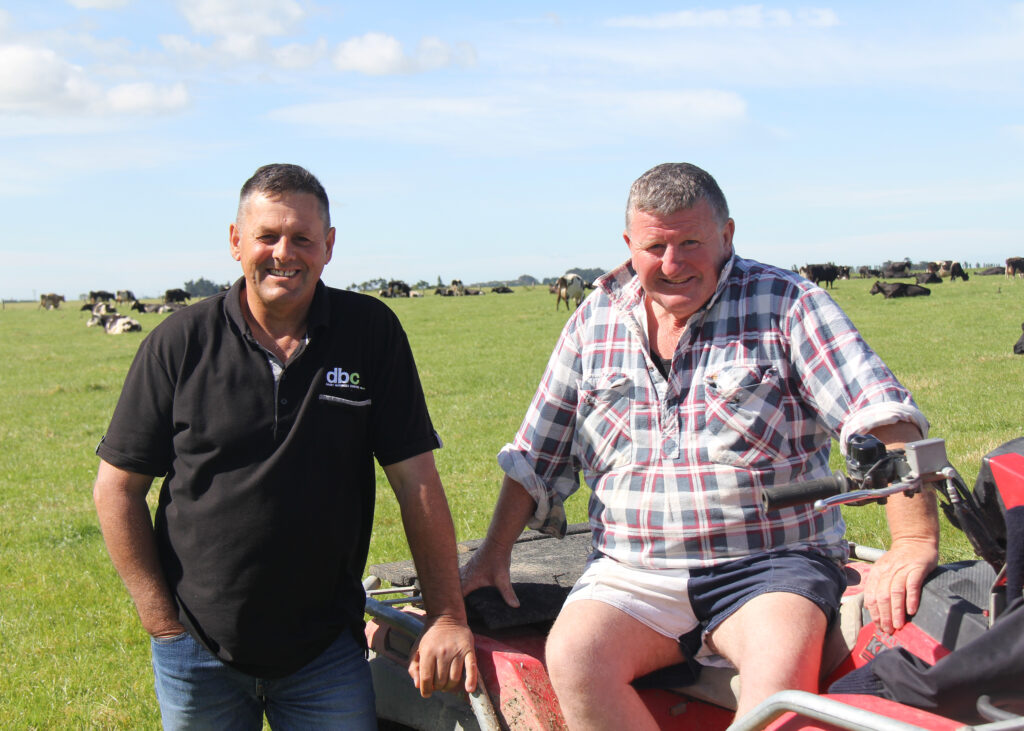
Consultant helpful
The other telling decision John made after reading that article was to engage
MilkMap’s Senior Farm Business Consultant, and Southern Regional Manager, Conal Harkin.
“He was coming down anyway, and he called in. It was funny how it worked out,” John said.
John was fascinated by MilkMaP’s “Grazing120” philosophy. It works by offering 120% of each herd’s daily pasture allocation where the paddock size allows for it. The fresh paddock is deliberately opened up on the evening feed (to protect the herd from overnight feed shortfalls).
There are no electric fences to shift, because all of the herds are given the entire paddock – with the goal of leaving it with residuals of between 1650 and 1800 kgDM/ha.
The herds return to those paddocks after the morning milking, and are checked around 10-10:30am to assess how much feed is available. If necessary, the cows are then moved.
“My manager at the time was away for the World Cup in 2015 when Conal came out, and I decided to have a go at the Grazing 120, and I liked it. The manager came back six weeks later, looked at me and didn’t say anything and just got on-board. We haven’t put up a fence since.
“When we were putting up fences before, the cows would be waiting at the gate every morning. Now you’ve got to go and round them up. That’s the difference. I think even when you get shitty weather, they don’t all pile into the corner. Now they go to their part of the paddock and just hang out there.
“We never get bloat. The cows are back in the paddock by 7am, and by 9am they are lying down again. Luckily, you can walk to the end of our farm in any direction in 20 minutes.”
They top pasture post-grazing, and the cows always have access to straw. In-bail feeding includes 2.5kg per cow per day (80% wheat and 20% dried distillers grain).
Calves excelling
When it comes to the next generation, the DBC had another king-hitter product that John said has hit the sweet spot. Following on from their commitment to give every calf four litres of colostrum which has tested 22 and above on a Brix refractometer, they offer a quality calf pellet, Maximize Calf Pellets.
Maximize Calf Pellets boosts skeletal growth in calves, in addition to supplying them with minerals and trace elements to strengthen their immunity and general health. A heifer’s skeletal growth is determined by the multiplication of cells that is achieved in their bones within their first 12 months. It makes achieving weight-gain goals critical to long-term health and production.
“The calves this season have done bloody well,” John said. “We weighed them in December, and some of the August and September-born calves were 160kg with an average weight of 140kg.
“The Maximize Calf Pellets has a lot of good stuff in it that is designed to grow a skeleton in the first 12 months with lean body mass. It has a minimum protein of 17%. I honestly think 1kg of Maximize Calf Pellets a day is worth 2kg of some of the other products on the market.”
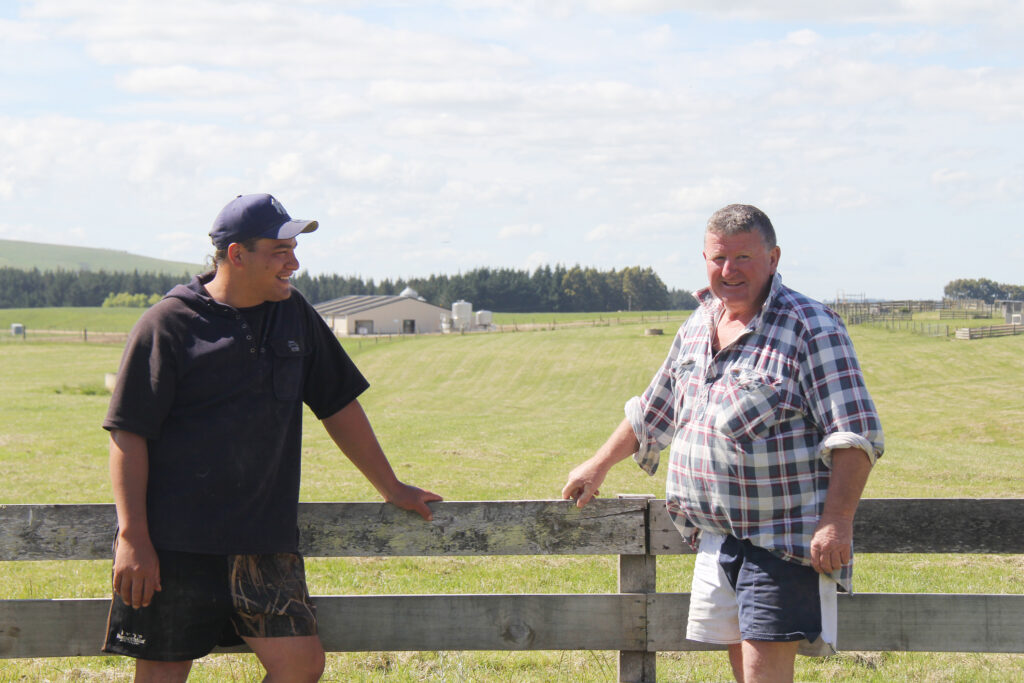
Lick blocks and ad lib salt
John offers DBC Loose-Lick and ad lib salt to their older heifers, dry and lactating herd. It is a customised dry, water-resistant mineral lick with essential vitamins, macro and micro minerals. Among its advantages – outside of growth, development and general health – are improved conception rates and hoof development and strength.
John said their quality supplement choices have collectively given them the confidence to use sexed semen on their replacement heifers this year.
The herd is continuing to kick goals and John is pleased with where everything is sitting.
“From our starting point of 470-480kg MS, to slowly climbing to where we are today, it’s good fun to watch,” he said. “In a perfect system, if the stars aligned and if we had a feed pad, we’d be heading for 580kg to 600kg MS.”
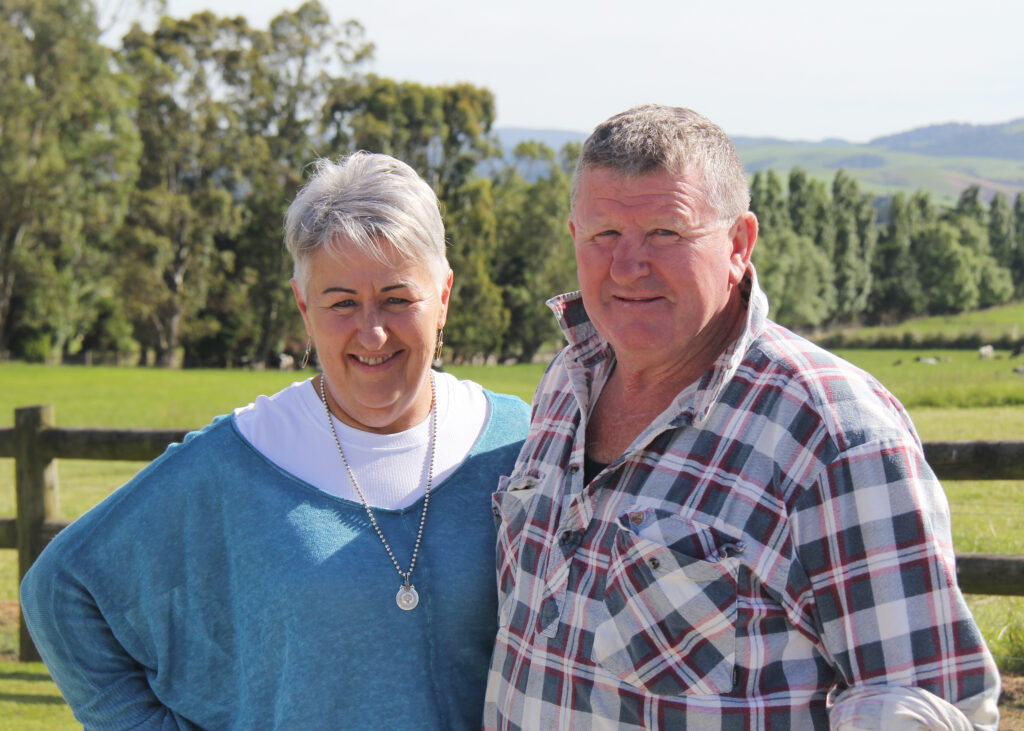
Related article
What are your downer cows telling you?
Making money milking cows on 5.5ha
Managing Fodder Beet
Hard hooves save time
Lead feed works. End of story.
Related products
